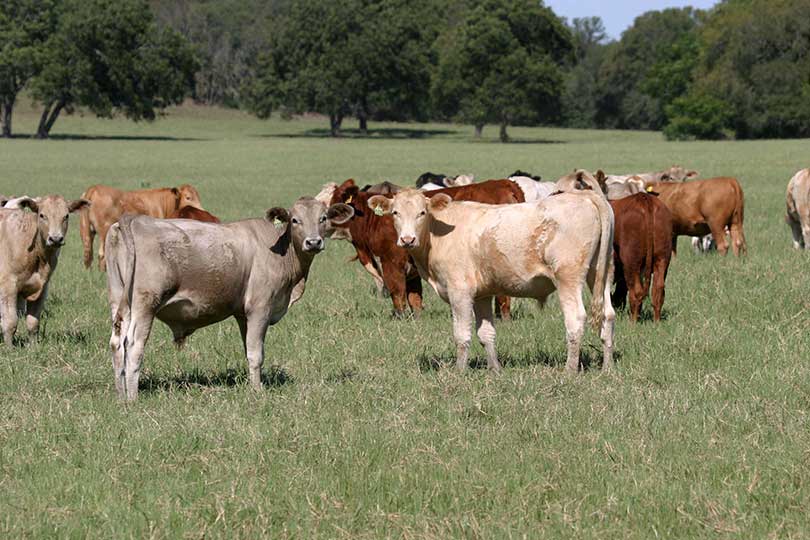Ranchers can capture more dollars for their calves by adding value at the ranch, and that helps mitigate the risks associated with market volatility.
Dr. Dan Hale, AgriLife Extension meat specialist, discussed carcass value and what cattle order buyers are looking for. He said there could be as many as nine order buyers at an auction ring looking to fill specific orders.
“What are those buyers looking at inside the auction ring?” Hale told AgriLife Today. “They are looking at how fast those calves are going to gain once they leave the livestock market auction.”
He said it’s important to get as many buyers in attendance to bid on your cattle to fill their orders.
“You do that by making sure your calves you are marketing fit their orders,” he said.
Hale said the buyers are given orders every week before they go to the auction and may have as many as 20 orders to fill.
“If your calves fit at least one or two orders that each of the bidders present needs to fill, then your cattle will potentially receive higher prices and maybe the top price of the day,” he said. “They are looking at frame size, the size of the animal and how large they are going to get before they start to get fat.”
Hale said the longer you can feed those animals before they start getting into the rapid fattening phase of their life, and the more muscular they are, the faster they grow.
“The order buyer is looking at seeing how long they will they grow in the feedyard or on grass before they start getting really fat,” he said. “This is also why lighter-weight calves often bring higher prices per hundredweight, as lighter cattle will be able to spend more time as a stocker calf and as a feeder calf before they become finished in the feedyard.
“They also look at genetic makeup of the animal, and estimate the final USDA quality grade—USDA prime, choice or select—once the calf has gone through the feedyard and is a finished market animal.”
Hale said order buyers are also looking at gender. He said heifers start the fattening phase of their lives much sooner than steers and that’s the reason prices paid for them are often less than comparable steers.
Hale said ranchers should consider adding value to their calves by implementing programs such as the VAC 45 program, also known as the Value Added Calf program. That’s where calves are weaned 45 days before they are sold. They also receive two sets of booster vaccines to enhance their immunity to disease and sickness.
The buyers of VAC 45 calves find them to more easily attain their genetic potential, have an enhanced immune system, are more predictable in their feedyard performance and reduce the use of antibiotics.
“There are practices that can add value to your calves, whether it’s sticking an ear tag in their ear, putting a notch in the ear, blackleg vaccination or castrating bull calves at a young age. All of this adds value to those calves and you will be compensated when you market those calves,” Dr. Joe Paschal, Extension livestock specialist, said.

